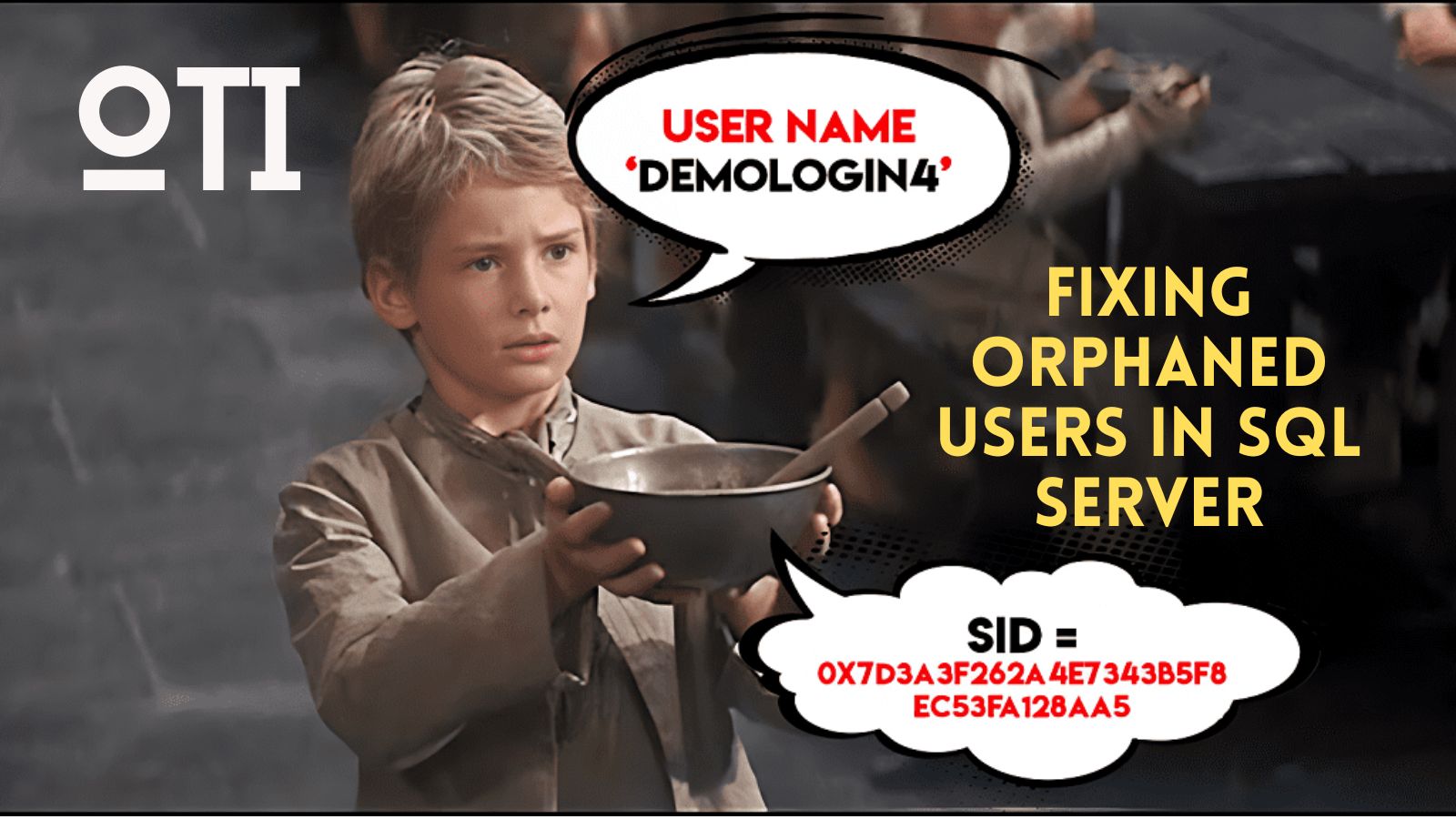Introduction
We’ve ever worked with SQL Server, we’ve probably encountered the need to manage permissions. Permissions control who can access and manipulate data within a database. Two commonly used SQL Server statements for granting permissions are “GRANT” and “WITH GRANT.” Recently one of my friend was asked this question in an interview. In this blog post, we’ll understand these SQL Server permission-granting options, explaining what they are and how they differ.
GRANT – Giving Permissions
Imagine we have a database with sensitive employee information, and you want to allow UserA to view the data but not share it with others. This is where the “GRANT” statement comes into play:
GRANT SELECT ON dbo.Employee TO UserA;In this example, we’re granting UserA the permission to execute the SELECT statement on the “dbo.Employee” table. UserA can now view the data in that table but can’t pass this permission on to anyone else. It’s a one-way street.
WITH GRANT – Empowering Others
Now, let’s say we have UserB, and we trust them not only to access data but also to decide who else should have access. Here’s where “WITH GRANT” comes in handy:
GRANT SELECT ON dbo.Employee TO UserB WITH GRANT OPTION;In this case, UserB not only gets the SELECT permission but also gains the power to grant SELECT permission to others. It’s like giving them a key to the permission-giving room. They can choose to share this key or keep it to themselves.
Key Differences
The key difference between “GRANT” and “WITH GRANT” lies in the ability to delegate permissions:
- GRANT: Users or roles can use the granted permission but cannot share it with others. It’s a simple, one-time grant.
- WITH GRANT: Users or roles not only receive the permission but also have the authority to grant the same permission to others. It’s like passing the torch of permission management.
Use Cases
When should we use each option? It depends on your security requirements:
- GRANT is suitable when we want to restrict permission management to a select few who won’t share those permissions further. It’s a tight control mechanism.
- WITH GRANT is useful when we trust certain users or roles to make decisions about who should access what. It’s a more decentralized approach, but it requires careful management to prevent misuse.
Conclusion
In SQL Server, “GRANT” and “WITH GRANT” are tools to control who can do what in your database. “GRANT” is like a single-entry ticket, allowing users to use a permission. “WITH GRANT” is a super ticket, allowing users not only to use the permission but also to share it with others.
Understanding these permissions is crucial for maintaining the security of your database. Choose wisely based on your organization’s needs and security policies to ensure data stays in safe hands.
For more your may visit: https://blog.sqlauthority.com/2010/04/03/sql-server-difference-between-grant-and-with-grant


